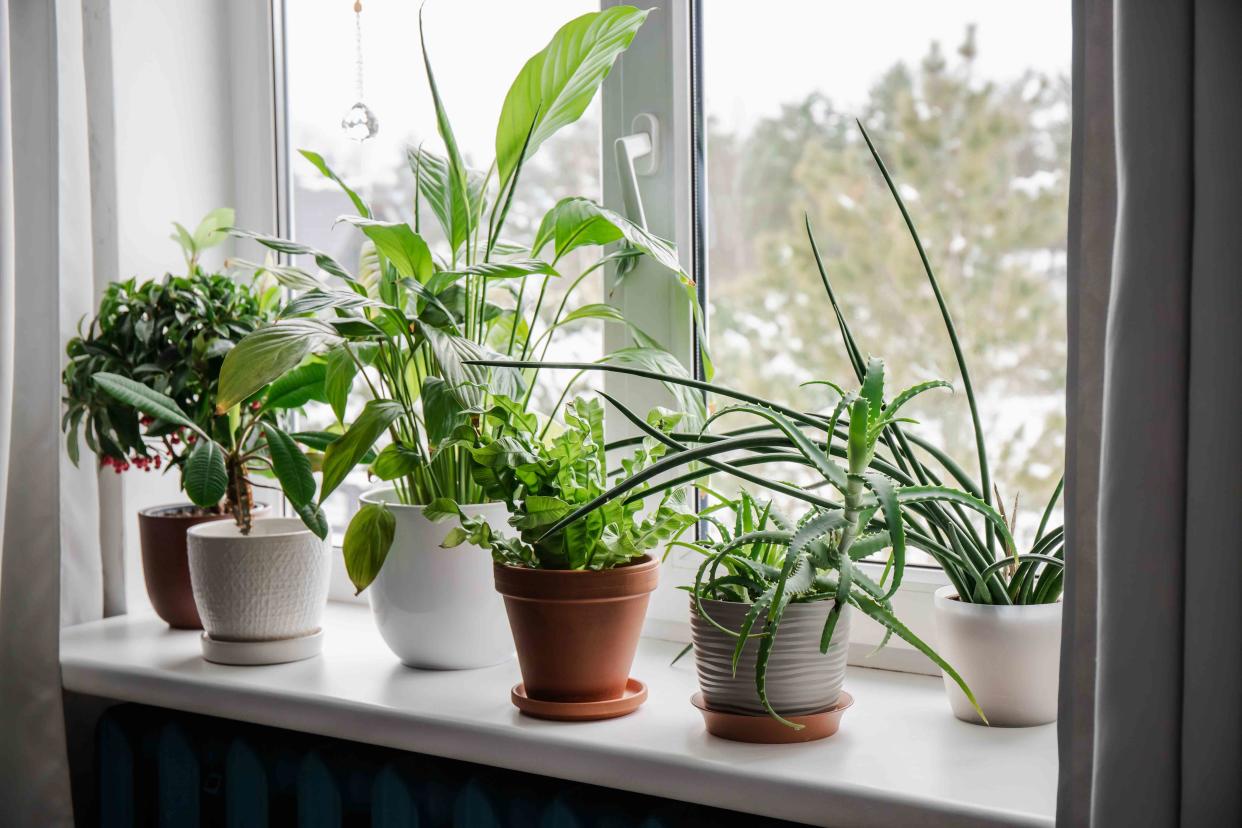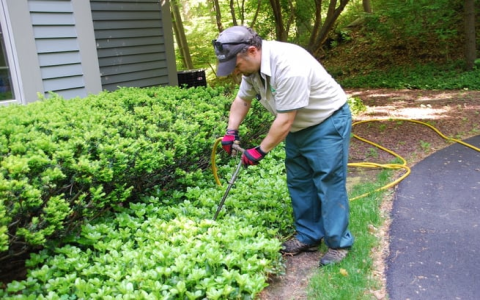Okay, so winter’s coming, and you might think your plants are going to take a long nap, right? Well, I used to think the same, until I messed up big time one year and almost killed my favorite fern. After that disaster, I dove deep into figuring out how to feed my plants during the cold months. Here’s what I’ve learned and how I actually do it, step by step.
Figuring Out if Your Plants Even Need Food
First things first, I checked which of my plants actually grow in winter. Not all of them do! I have some that just go dormant, like they’re hibernating. No point in feeding those – it’s like trying to feed someone who’s fast asleep. I made a list: my leafy greens like spinach and kale, those are winter growers. My roses? Nope, they’re sleeping.

Choosing the Right Food
Next up, I had to pick the right fertilizer. I learned the hard way that the stuff I use in summer is way too strong for winter. It’s like giving a baby a triple espresso – not good. So, I grabbed a fertilizer with lower numbers on the package – those NPK numbers. Something like a 2-1-1 instead of a 10-10-10. I also looked for the words “slow-release” because I don’t want to shock my plants with a sudden burst of food.
The Feeding Process (Very Carefully!)
Now for the actual feeding. I started by watering my plants lightly. I figure this helps the fertilizer soak in better and avoids burning the roots. Then, and this is important, I diluted the fertilizer to about half the strength it says on the package. Seriously, less is more in winter!
I carefully poured the diluted fertilizer around the base of the plants, making sure not to splash it on the leaves. I’ve done that before – leaf burn is not pretty. For my hanging baskets, I used a watering can with a long spout to get the fertilizer right to the soil.
Keeping an Eye on Things
- Week 1: I checked the soil moisture every couple of days. Winter air can be super dry, especially with the heater on, so I made sure my plants weren’t getting crispy.
- Week 2: I looked for any signs of trouble – yellowing leaves, droopy stems. That could mean I overdid it with the fertilizer, or maybe they needed more light.
- Week 3: I noticed my kale and spinach started to perk up a bit, looking greener, so I figured I was on the right track!
- Week 4: Another round of very diluted fertilizer. And then continued to monitor the soil and plants, I don’t want to make any problems.
I kept this up, very lightly fertilizing every few weeks, always watching for how my plants were reacting. It’s all about paying attention and adjusting. Honestly, it’s a bit of trial and error, but once you get the hang of it, your plants will thank you for it by staying healthy all winter long.




















